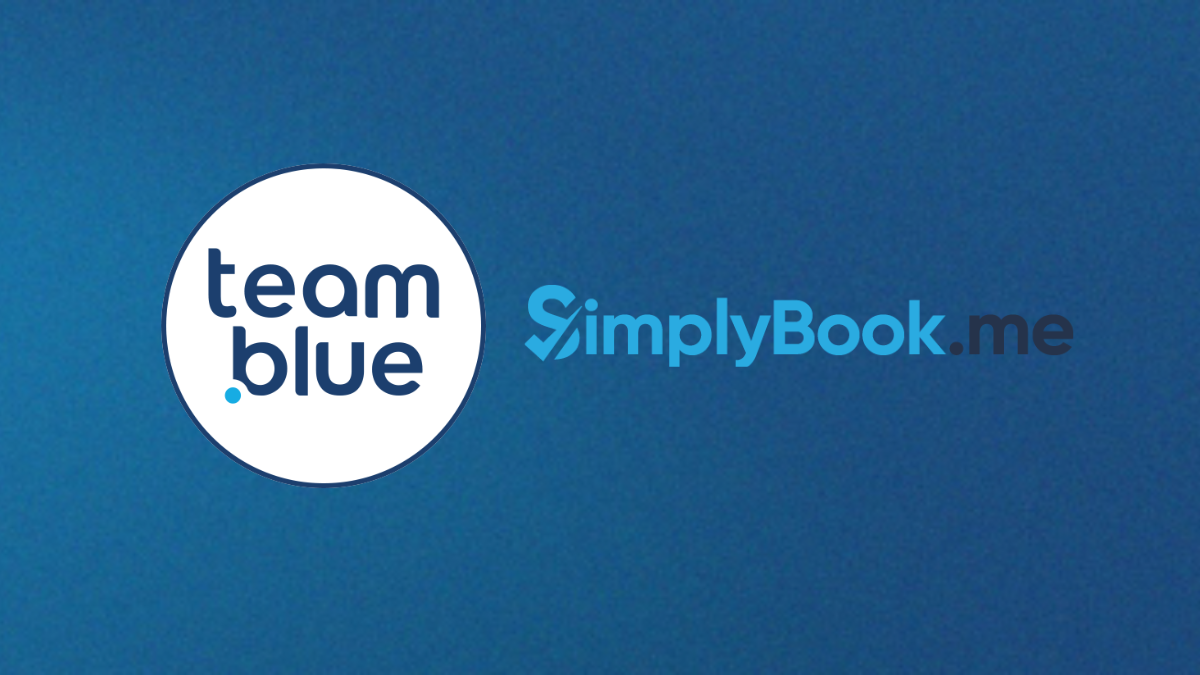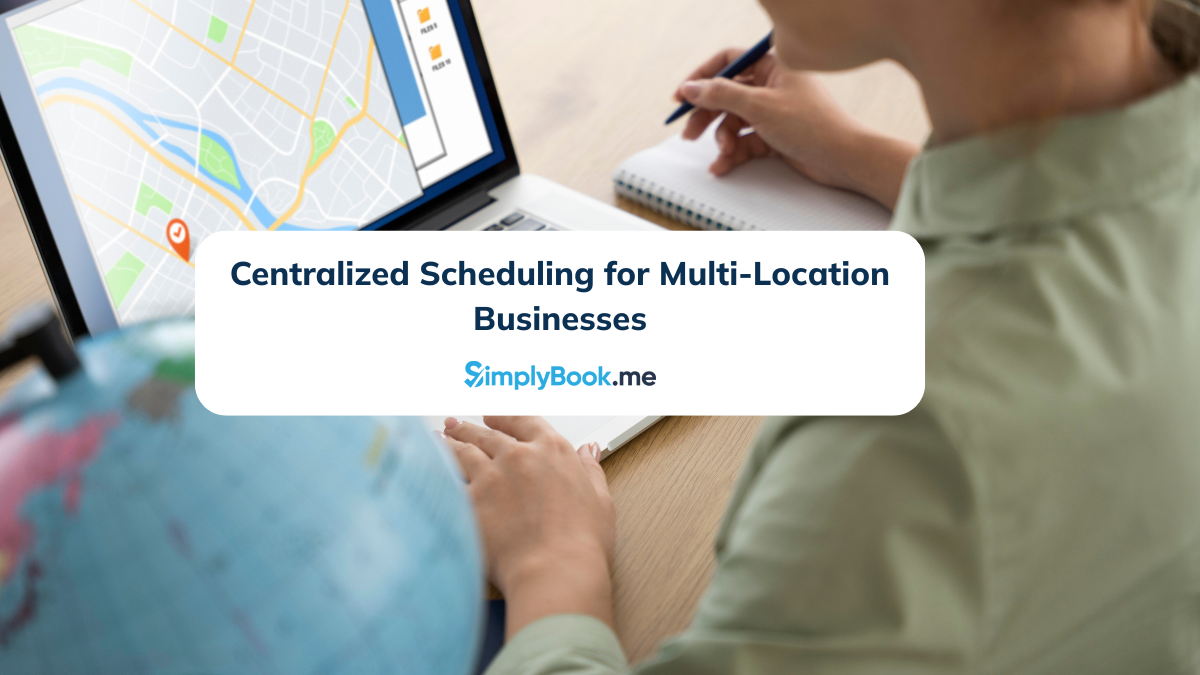How to Boost your Bookings During the Summer Season

This post is also available in:
![]()
![]()
![]()
![]()
The sun is shining, temperatures are rising, and the summer spirit is in the air!
It’s that time when people feel the itch to get out, look their best, travel, and create memories.
This means that businesses such as spa & wellness, beauty salons, fitness & gyms, outdoor adventures, hotels, restaurants, are experiencing a summer boom, and securing an appointment is essential for the business to thrive.
Now, these markets are clearly crowded ones, but we’ve created a shortlist for you to help you navigate the season and boost your bookings.
1. Allow bookings on your website
A user-friendly online booking system allows customers to quickly and easily reserve their spot/room/experience with minimal effort. This saves them time and frustration compared to traditional methods (calling, filling up a form). And let’s not forget, there are no time constraints when having a booking system. It’s all 24/7.
By removing barriers to booking, you’re more likely to capture potential customers who might otherwise hesitate to call or wait on hold. Also, there are many people who are reluctant to call for a reservation, and they prefer self-serving methods.
Simplybook.me is such a tool that also allows you sending reminders so that clients don’t miss out on the appointment.
Example: House of Aesthetics London. They have several Laser Hair Removal services that can be easily booked online.
2. Leverage customer testimonials and reviews
Testimonials and reviews help build trust and credibility. Positive testimonials from satisfied customers act as endorsements, increasing trust in your brand and its claims. People are more likely to believe the experiences of others than marketing messages alone. This means having testimonials means you can increase your booking rates.
Here I’m talking about:
Facebook reviews
In today’s digital world, many people use Facebook to research businesses before deciding. Positive reviews act like a digital stamp of approval, convincing potential customers you’re a legitimate and trustworthy business.
Example: Fuse Pilates. This is a pilates studio with good Facebook reviews. Facebook reviews feel genuine because you can see that behind a review there is a real person.
Google reviews
If your business has a physical location, it is very important to own a Google Business Profile. This way you can turn users who find your business in search or on Google Maps into customers. You can personalize your profile with photos, offers, and more. Users can also use the call option straight from your profile.
Now, it’s important to also showcase reviews. Google reviews show up next to your Business Profile in Google Maps and Search.
Example: The Gym Group Newcastle City. This gym club has 4.4 stars on Google and 397 reviews. This is strong proof that the services are qualitative.
TripAdvisor (for restaurants, and all sorts of activities)
A TripAdvisor listing can expose your business to a massive audience of potential customers actively searching for travel, tours, and food options. This significantly increases your visibility and reach compared to traditional marketing methods.
Reviews are essential for TripAdvisor profiles. Also, positive reviews are basically free marketing (word-of-mouth marketing). People trust the opinions of others, and positive reviews act as social proof of your business quality. No matter the type of review you are receiving, make sure to reply. Responding to reviews shows you care about customer feedback and actively engage with your audience. This transparency builds trust and strengthens the feeling that your business is genuine and responsive.
When you encounter a negative review, you have a chance to control the narrative. By responding to reviews, you can clarify any misunderstandings, provide more information, and ensure your perspective is heard.
Example: The Banff Canoe Club. This canoe club is recommended by 98% of travelers. Considering there are 98 reviews, the club’s offerings seem very trustworthy.
Website testimonials
Testimonials could be used on the homepage and each product page. You can also have a whole website page with testimonials.
One good practice is to showcase a positive review next to the Book now button on a page.
Example: Kate.BrunetteHair
3. Make use of user-generated-content (UGC)
UGC can be more engaging than traditional content. It sparks conversations, encourages user interaction, and expands your reach beyond your own audience. People are more likely to share and comment on content created by their peers.
Example: QC Terme. QC Terme started encouraging guests to share their spa experiences using the hashtag #qcterme. The result: it didn’t take long until their customers started to post images on Instagram while tagging QC Terme. As the number of images turned out to be higher than expected, they noticed increased traffic to their Instagram page with +60% CTR in the first 3 months of the campaign. Also, the number of followers gained per month has doubled.
It’s not that easy to convince people to leave a review or post a video of themselves using your service, but you can always use an incentive. Here are some examples:
- 20% off from a future service,
- $15 off for the next appointment,
Etc.
4. Engage influencers into your campaigns
Influencer marketing can significantly boost brand awareness, especially among new potential customers who might not have heard of your brand before. When influencers showcase your product or service, it increases visibility and gets your brand in front of a wider audience.
5. Have clear services categories on your website
Clear categories allow users to quickly narrow down their options based on their needs. This saves them time and effort compared to browsing through a long list of uncategorized services. If users can’t find what they’re looking for quickly, they’re more likely to leave your website (bounce). Clear categories keep them engaged and exploring your services.
Example: Be Well Barn. To make exploring their extensive wellness options a breeze, Be Well Barn categorizes their services clearly. This user-friendly organization helps clients find exactly what they’re looking for and simplifies the booking process.
6. Offer summer discounts
You can announce such discounts via email, SMS, on the website, and in social media.
Example: Breathe Salt Spa. They are using a website pop-up to promote their July Mid-week specials.
Example: ABode Glasgow Hotel.
7. Create referral programs
A referral program is a marketing strategy that incentivizes existing customers to recommend your product or service to their friends, family, and network. Usually, with a referral program, existing customers are rewarded for spreading the word, and businesses gain new customers through trusted recommendations. It’s a win-win.
Example: Psycle London. If a client refers a friend, the client will get a free class.
8. Chat options
Website chat allows businesses to provide real-time customer service and address inquiries promptly. This can lead to more bookings and better customer satisfaction.
Example: Fuse Pilates. They have an integration with Facebook Messenger via ManyChat.
9. Build partnerships
Expand your reach by partnering with businesses that cater to the same audience you do, but don’t directly compete with your services.
For example, if you are a nail salon, you could partner with a laser hair removal salon and run cross-promotional campaigns via email, social media, vouchers.
10. Personalized messaging
Let’s say you are running a gym and fitness studio. Your clients range from teenagers to seniors, both men and women.
Some of the clients love yoga or pilates, others are into building some muscle.
You could create separate campaigns depending on age, sex, sports preferences, and send them vouchers if they have been missing the gym for the past 3 months. You could even cross-sell them a similar activity.
11. Allow social media bookings
Social media platforms such as Facebook or Instagram can allow bookings. Additionally, they can prevent no-shows by automatically sending your customers a confirmation, reminder, and follow-up through Messenger or text messages.
12. Develop your own app
A user-friendly app allows customers to quickly and easily reserve their spot with minimal effort. It provides a more convenient and efficient booking experience compared to traditional methods like phone calls or online forms.
A booking app automates many tasks, such as scheduling appointments, sending confirmations, and managing cancellations. This frees up your staff’s time and resources to focus on other aspects of your business.
Conclusion
Summer’s here, and people are eager for spa treatments, gym memberships, or outdoor adventures!
Capture the surge with these tactics:
- Simplify bookings: Offer seamless online booking 24/7 on your website. No more phone calls or waiting on hold.
- Showcase trust: Positive reviews and testimonials on Facebook, Google, and TripAdvisor build trust and social proof. Potential customers are more likely to book with a business they know others love.
- Embrace User-Generated Content: Encourage happy customers to share photos and videos using your hashtag on social media. This authentic content is more engaging and reaches a wider audience.
- Sweeten the deal: Attract new clients with summer discounts and referral programs. Existing customers get rewarded for spreading the word and gain new bookings.
Author
Alina Belascu
Bio: Alina is a digital marketer and photographer. When she’s not strategizing for Tidaro and discussing hybrid work topics, she’s listening to audiobooks on history and psychology and making travel plans.


Comments
0 commentsNo comments yet